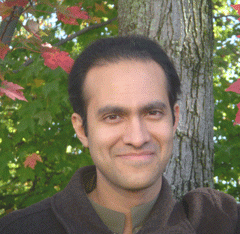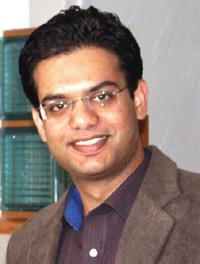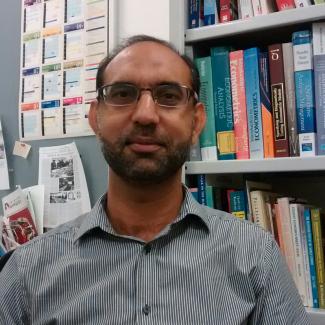Water pricing to promote equity, efficiency and sustainability in the growing city of Faisalabad
The proposed project aims at investigating the water pricing strategies that can help in improving the allocative efficiency, achieving equity and sustainability. This research will build on existing literature on water pricing to analyze residential water demand in Faisalabad by taking into consideration the prevailing pricing structure (both public and private) and water allocations. Data for the research will come through a micro-level household survey of water users. The sample will be drawn based on different types of water users (e.g., tap, piped etc.), which will also allow us to estimate cross price elasticities. Our data collection will rely upon stratified sampling with the total sample size consisting of approximately 700 households. The survey will capture a range of factors used in estimating the water demand.
We aim to gather data on several socioeconomics variables (e.g., income, household characteristics) to capture the determinants of willingness to pay for water usage. First, we will estimate willingness to pay using choice models (e.g., multinomial logit model). The choice models consider the exclusive alternatives and rely upon the assumption of independence from the irrelevant alternatives. In the second step, we will estimate simultaneous equation model to estimate own and cross price elasticities and income elasticties of different water user segments, whereas these elasticities will inform different pricing strategies and scenarios with respect to gauging the impact of price and income on water demand. The introduction of several factors (such as household characteristics and climatic effects (e.g., whether or season) will permit us to control for heterogeneity issues.
A second part of our data collection exercise will consist of interviews with water utilities and municipal authorities in Faisalabad. The aim is to collect information on the existing pricing structure, effective subsidies and the policy objective/goals behind it. There is a need to unpack the existing state set pricing system to understand the objectives and considerations in setting up the water tariff. Water tariffs can be set with more than one policy objective in mind.
With this project, we expect to answer the following research questions:
- What are the determinants of willingness and ability to pay of different income groups?
- Is the current water pricing structure creating inequities in water allocation and causing a market failure in terms of wastages and supply gaps?
- Can the principles of efficiency, equity and sustainability be negotiated in a proposed water pricing/tariff structure?
Based on the analysis, the research will propose a pricing structure to better manage and allocate water resources. The proposed pricing structure will aim to address Faisalabad city’s existing growth constraint with respect to scarcity and poorly managed urban water supply. These can have tradeoffs and hence the pricing recommendation will be analyzed based on affordability, efficiency, equity and sustainability.
The project also has a communication strategy for dissemination of research finding to policy makers and other relevant stakeholders. LEAD Pakistan works through networks and have strong contacts/linkages with the government (both national and local/city level), private sector, media, researchers, experts and civil society organizations. In order to facilitate wider dissemination of the findings of this academic exercise, two policy briefs will be produced as part of the project. The policy briefs will distill key messages from the research and present them in a format amenable to policy stakeholders. In addition to the policy briefs, the research progress will be communicated through the following ways:
- A project page on LEAD Pakistan’s website
- Share through emails on our various networks and lists
- Blogs written by project staff and identified stakeholders
At project end, a high-level policy stakeholder dialogue will be organized to communicate final research findings and the two policy briefs. The audience will constitute of a multi-sector mix of government representatives, city municipal organizations, media, private sector organizations, researchers, experts and civil society organizations.





